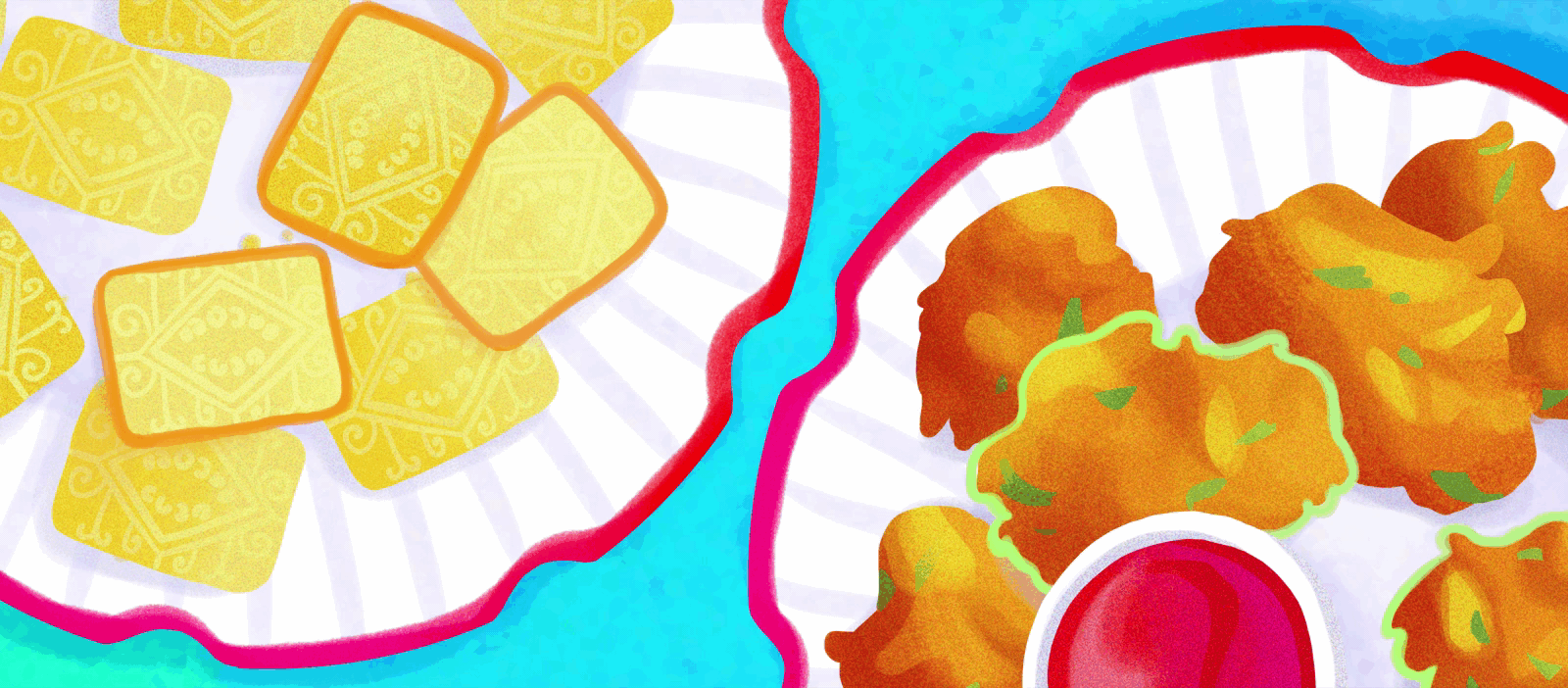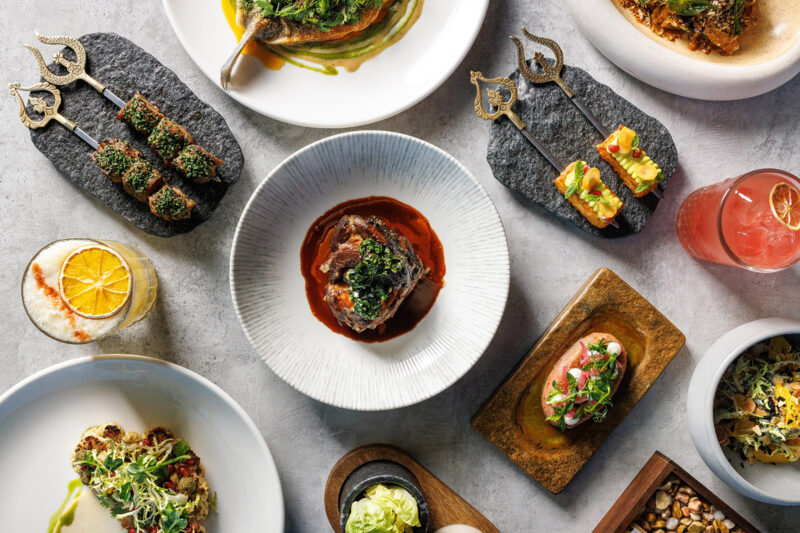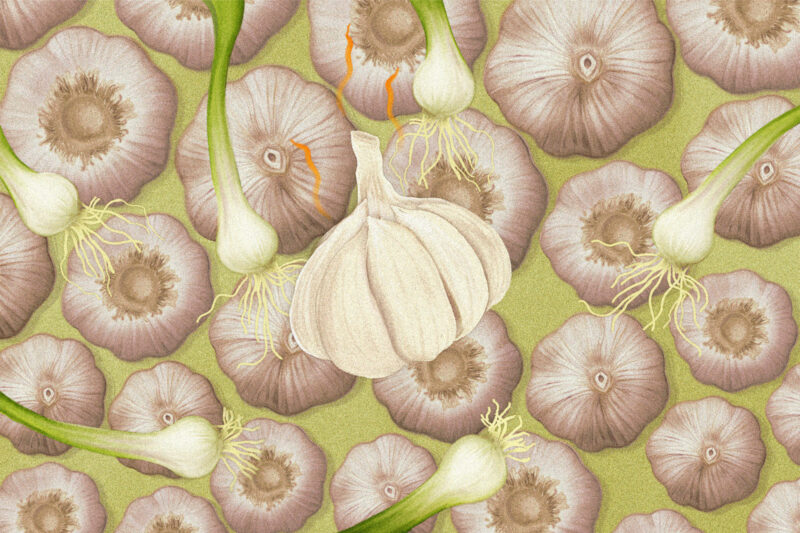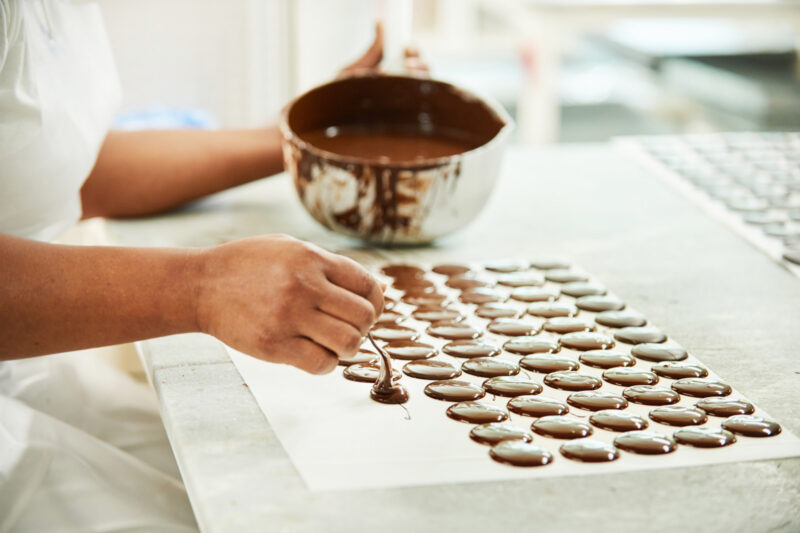
Sharing snacks is good for the soul
From pakoras and hummus to tea and biscuits, eating between meals can offer us a chance to recharge and connect with one another
–
After a quick scan of the daily news, it’s hard to escape the feeling that everything has become a little too heavy lately. From the climate emergency to culture wars and economic crises, we appear to be living in a world where we’re damned if we do and equally damned if we don’t, regardless of the matter at hand. In these dark times, I at least find it reassuring to know that we can always find solace in one of life’s simplest pleasures: a good snack.
Like many other things these days, “snacking” is a word that can invoke such polarised reactions that it feels almost risky to put my feelings out there. Our increasingly networked and health-conscious society means that we are constantly bombarded with conflicting advice about not just what to eat but how to eat it and when.
Traditionalists advocate for three square meals a day and no food in between, while contemporary influencers evangelise about intermittent fasting. Some swear by eating six small plates a day, but many regularly skip one or more meals. For anyone who wants to eat healthily, it’s difficult to know where to start when doing so clearly means entirely different things to different people.
“All things in moderation” are the words that my dad has always lived by. Perhaps it’s his nature, or the way he was raised, but snacking does not equate to binge eating or unnecessary indulgence for him. His view is echoed in the Islamic principle of wasat, or avoiding extremes and finding balance in the centre.
That, perhaps, is where the answer lies. For decades, we’ve had instilled in us a deep fear that one biscuit is a gateway to polishing off the entire pack, so many of us now believe that it is better to avoid temptation altogether. However, I believe that, when done right, snacking need not descend into a spiral of mindless, guilt-ridden munching. Rather, it can be intentional, sociable, soothing, and perhaps even good for you.
As well as providing a welcome energy boost, snacking can mark a break in the day — a well-earned opportunity to pause, reset and enjoy a quiet moment. The benefits of taking regular breaks during the working day are well-known: resulting in lower stress, better workplace satisfaction and increased productivity. For my father, these breaks are enhanced by the enjoyment of a cup of tea and a piece of buttered toast, or perhaps a biscuit, some chopped fruit or a handful of puffed rice, known as muri in Bangla.
The simple act of slowing down and reconnecting with ourselves and others is vital to maintain our energy levels, both physical and emotional. There’s a reason why we always meet friends for coffee. Humans are social beings and we instinctively connect nourishing our bodies with nourishing our spirits. We relax when we are eating and drinking, allowing ourselves to converse and confide. The very English phrase “tea and sympathy” speaks to this. The ritual of steeping a pot of tea, laying custard creams on a plate, the pouring of the milk and clattering of the teaspoon and the sugar bowl all form the backdrop against which we can bare our souls.
The psychological benefits of snacking appear to be reflected in the universality of the practice — think English tea and biscuits, German “kaffe und kuchen”,“cha nastha” in the Indian subcontinent, Ethiopian buna and popcorn. If snacking is really so terrible for us, why would billions of people all over the world do it every day?
Of course, it depends on what the snack is. Deep fried pakoras, while delicious, can’t realistically be described as health food, no matter how hard we try. But in moderation? Few things can beat the light crunch of a spicy gram flour batter that gives way to meltingly soft potato and onion. There’s a reason people often describe the delicious treats that soothe and uplift us, over and above their nutritional value, as “soul food”.
Fortunately, my husband’s hummus — a perennial crowd-pleasing snack in our home — happens to be both mouth-watering and wholesome. As a purist, he shuns tinned chickpeas in favour of dried, soaked overnight and boiled until tender. He then blends them with nutty tahini, plenty of fresh lemon juice, garlic and extra virgin olive oil. Served with a sprinkle of sumac and warmed wholemeal pitta, this dish offers perfection in every mouthful.
The ritual of snacking is a comfort I associate with my childhood. On weekend afternoons, my dad would proclaim that nothing would be nicer than a sweet or savoury treat. My mum, already anticipating this, would miraculously whip something up.
My favourite was her egg noodles: delicate vermicelli fried with chopped onions and green chilli, scrambled egg, turmeric and a stick of cinnamon, served in petite cut-glass bowls with dainty gold forks. The woody fragrance of the cinnamon made the dish extra indulgent and we would gobble it up joyfully. If Ammu had more time and inclination, we would sometimes get other specialities, such as fiazu (lentil and onion fritters) or maach bora (spicy cutlets made from tinned tuna), both served with minted yogurt.
Of course, cha being an integral part of South Asian snacking, we washed all this down with hot tea. To this day, our extended family WhatsApp group is titled “Khawa Dhawa Gop Shop” — a more poetic form of “eating and chit-chat”, the two things my family does best when we are all together.
And yet, snacking is a source of guilt for so many. To me, the belief that it is a sign of poor self-restraint feels increasingly outdated. Like so many things that we still cleave to in Western society — from daylight saving time to an extra-long summer holiday for schoolchildren — the convention of eating three meals a day is rooted in a historical agricultural society, in which most people worked in fields or did other kinds of manual labour.
Now, far fewer of us have physically demanding jobs and most of us rely on cars and public transport to get around, rather than walking. As a result, our energy needs have changed, and yet we still consume our food at these set points of morning, noon and night.
One significant reason our dining habits remain rooted in the past is that we don’t eat only for nutrition. Eating is a social practice, quite possibly one that carries more cultural tradition and ritual than any other.
Whether we gather at dining tables or on a sufra, use our hands or cutlery, how we eat is informed by many factors, but one common to all cultures is that sharing food gives us a chance to connect with family and friends to talk about our days and check in with one another. Mealtimes are the obvious example of this, but let’s not forget snacks. Rather than being a solitary, possibly even shameful indulgence, they are often best when shared and enjoyed with others.
And with that, I’m off to spread peanut butter on a piece of bread, slice up a banana, drizzle some honey over the top, and give my sisters a call. That should keep me going until dinner.
 Newsletter
Newsletter












